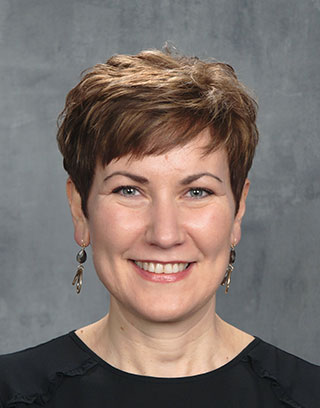The changing of seasons from summer into fall and finally into the short days and long dark nights of winter often bring emotions that match the outer world. Even if you enjoy winter and all that it brings, you may feel inexplicably tired and sad.
These feelings may be confusing. You’re unable to pinpoint where they’re coming from and you don’t feel like yourself. There’s a chance you may be experiencing Seasonal Affective Disorder (SAD).
What Is SAD?
Our emotions are deeply intertwined with our physical bodies. And our environment affects our physical bodies. When the days shorten, the reduced sunlight can trigger our body to reduce its production of important hormones. These include serotonin and melatonin, which are important for regulating mood, sleep, and energy levels. The body’s internal clock (circadian rhythm) is also affected by less sunlight.
When these hormones dip, and the circadian rhythm changes, our moods can fall and change with them. We sleep more, have a hard time getting up, and crave carbohydrates more than we want to admit. This is Seasonal Affective Disorder.
Given its hormonal causes, we can consider SAD a type of depression that needs to be noticed and addressed.
How to Spot SAD in Your Life
The symptoms of SAD are very similar to those of depression. As you review these symptoms, consider whether you’ve experienced them. If you have, try to remember when they started. Was it in the fall? Or have they been around longer than that?
SAD symptoms include
- Feelings of sadness and depression that are persistent
- Crying
- Lack of motivation
- Losing interest in things you care about
- Increased tiredness
- Sleeping more and having a hard time getting up in the morning
- Eating more
- Carbohydrate cravings
- Weight gain
- Restlessness and irritation
- Struggling to concentrate
- Pulling away from friends and loved ones
- Isolating yourself
- Thinking about death or suicide
No matter when these symptoms started, though, it’s important to seek treatment for them. You don’t have to endure and try to push through until spring and summer return. If left untreated, symptoms of SAD can worsen.
Contributing Factors
Because SAD is a mood disorder, people who have experienced other mood disorders are at a greater likelihood of having it. If you’ve gone through depression, anxiety, or are bipolar, keep this history in mind as you evaluate your current symptoms.
The further north you live, the less sunlight there is during the winter, so location can also play a role. Likewise, if your family members have gone through SAD or other mood disorders, you may have more genetic predisposition to it.
Again, though, no matter what may contribute to your SAD, you don’t have to let it take over your life. SAD is treatable.
SAD Treatments
If you think you’re experiencing SAD, reach out to a counselor for an evaluation. This is even more important if you’re having thoughts of death or suicide. In my therapy practice, I draw upon proven screening tools to evaluate SAD, depression, and anxiety in my clients. Attending to your mental health is crucial.
A therapist can also point you to further treatment options. These often include seeing a medical professional who may want to do blood tests to rule out other possibilities.
Antidepressants have also been proven effective in treating SAD. Likewise, some people have found sun lamps to be helpful. But these also are best used under a physician’s guidance, especially if you are bipolar.
It is possible to find light even during the darkness of SAD. I’m here to help you navigate this season and find healing. If you would like more information, please contact me or learn more about my approach to treating depression.


 I’m Olja Haglund, a licensed master social worker (LMSW) and certified advanced alcohol and drug counselor (CAADC) in Grand Rapids, MI. I partner with clients to achieve specific goals, make changes, and develop coping skills that make life easier to live authentically.
I’m Olja Haglund, a licensed master social worker (LMSW) and certified advanced alcohol and drug counselor (CAADC) in Grand Rapids, MI. I partner with clients to achieve specific goals, make changes, and develop coping skills that make life easier to live authentically.